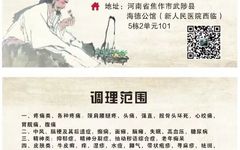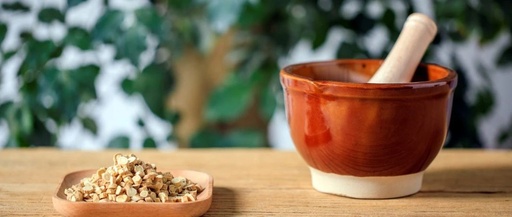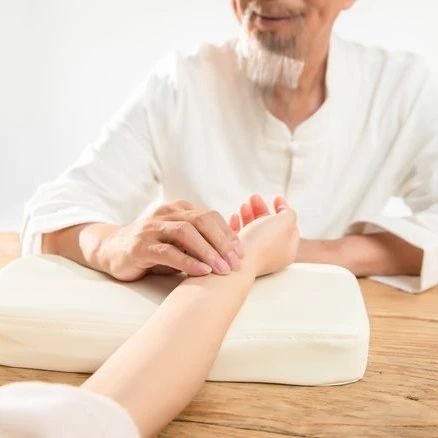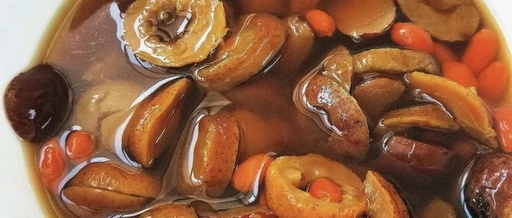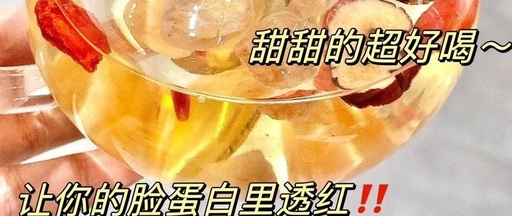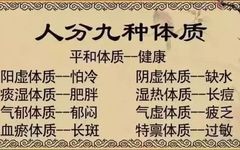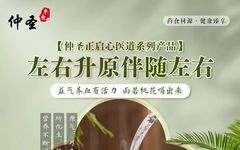Understanding the Balance of Yin and Yang for Health
Yin is cold, Yang is hot; Yin is blood, Yang is Qi; when Yin and Yang are balanced, all diseases disappear. A tree’s most important part is its roots. When the leaves turn yellow, it is difficult to find the cause from above. By looking down at the roots, one can easily understand whether it … Read more

